Are you curious about rhinoplasty, also known as a “nose job“? It’s a popular surgical procedure that not only changes the shape and function of the nose but also helps enhance one’s overall appearance. Let’s dive into the fascinating world of rhinoplasty together and explore the different types to help you determine which one may be the right fit for you.
Rhinoplasty is a popular cosmetic surgery that is designed to enhance the appearance and functionality of the nose. However, there is no one-size-fits-all approach to this procedure. Depending on your unique needs and circumstances, your surgeon may recommend a specific type of rhinoplasty. In this blog post, we’ll give you an in-depth look at different types of rhinoplasty procedures.
Septorhinoplasty: This type of procedure involves addressing both aesthetic and functional issues of the nose. The surgeon will make incisions to reshape the nose and correct any abnormalities in the nasal septum. Septorhinoplasty may be beneficial for those who have trouble breathing due to structural issues in the nose. This procedure can improve the appearance of the nose by making it symmetrical and proportionate to the rest of the face.
Septoplasty: Unlike septorhinoplasty, septoplasty focuses solely on addressing structural issues with the nasal septum. A deviated septum can obstruct airflow and cause breathing difficulties. By correcting the septum’s alignment, septoplasty can not only improve breathing but also create a more symmetrical appearance of the nose.
Cleft Rhinoplasty: Cleft rhinoplasty is a specialized procedure designed to address nasal deformities in patients with a cleft lip and palate. The goal of the procedure is to create a symmetrical and proportionate nose that complements the face’s overall appearance. Cleft rhinoplasty can also improve breathing difficulties caused by cleft nasal deformities.
Ultrasonic Rhinoplasty: This advanced procedure uses ultrasonic energy to reshape the nasal bone without causing damage to the soft tissue. Ultrasonic rhinoplasty results in less swelling and faster recovery times which can be particularly beneficial for those looking for a more immediate post-operative recovery.
Ethnic Rhinoplasty: This procedure is tailored to address specific facial features in non-Caucasian patients, while still maintaining the patient’s ethnic identity. Ethnic rhinoplasty may involve shaping the nose in a way that better complements the patient’s facial characteristics.
Preservation Rhinoplasty: This technique aims to preserve the nasal structure while still making any desired aesthetic changes. Preservation rhinoplasty is usually less invasive, less traumatic, and results in faster recovery times. This process may also reduce the need for the use of nasal packing post-surgery.
Revision Rhinoplasty: This type of procedure is performed on patients who have already undergone rhinoplasty but are unhappy with the results. Revision rhinoplasty can address issues such as breathing difficulties, scarring, and asymmetry caused by the previous procedures.
These are just a few examples of the different types of rhinoplasty procedures. Each procedure is unique and tailored to the patient’s individual needs and circumstances. Choosing the right type of rhinoplasty and an experienced surgeon can help achieve the best results possible. If you’re considering rhinoplasty, schedule a consultation with your surgeon to discuss which option is best suited for you.













